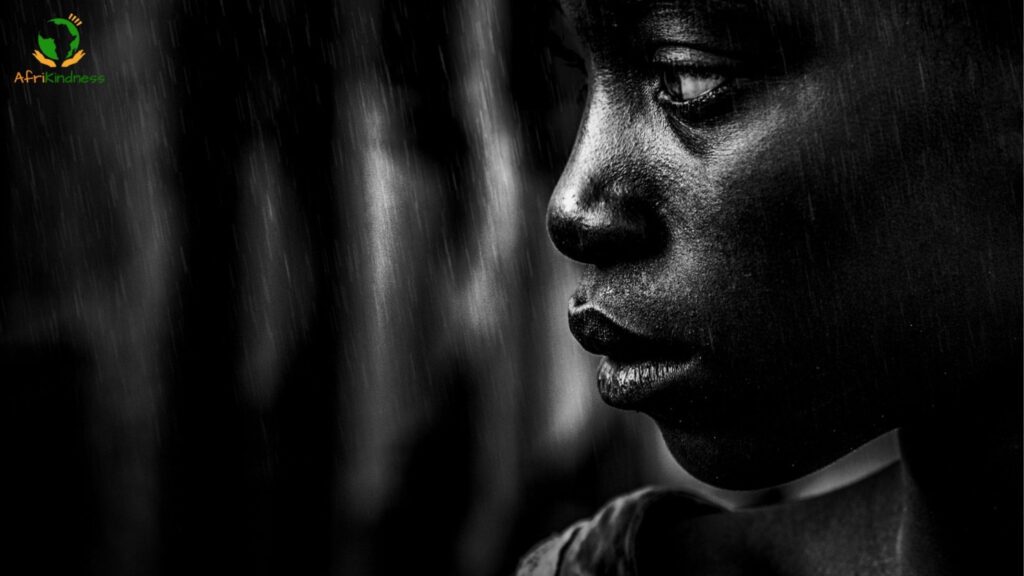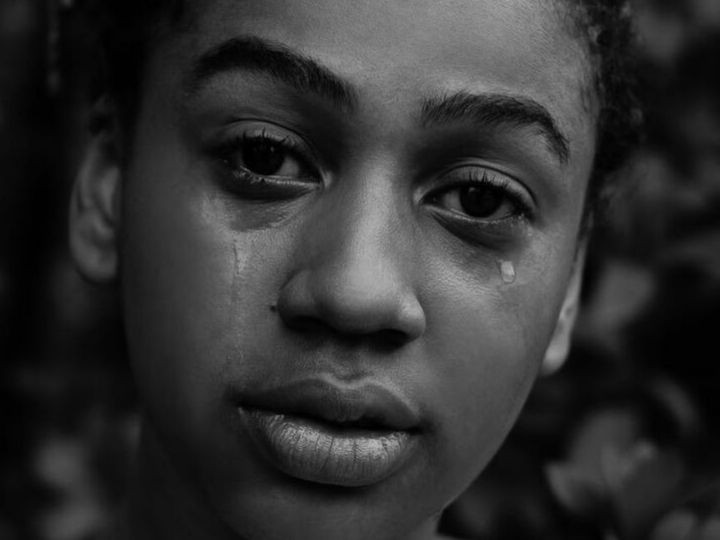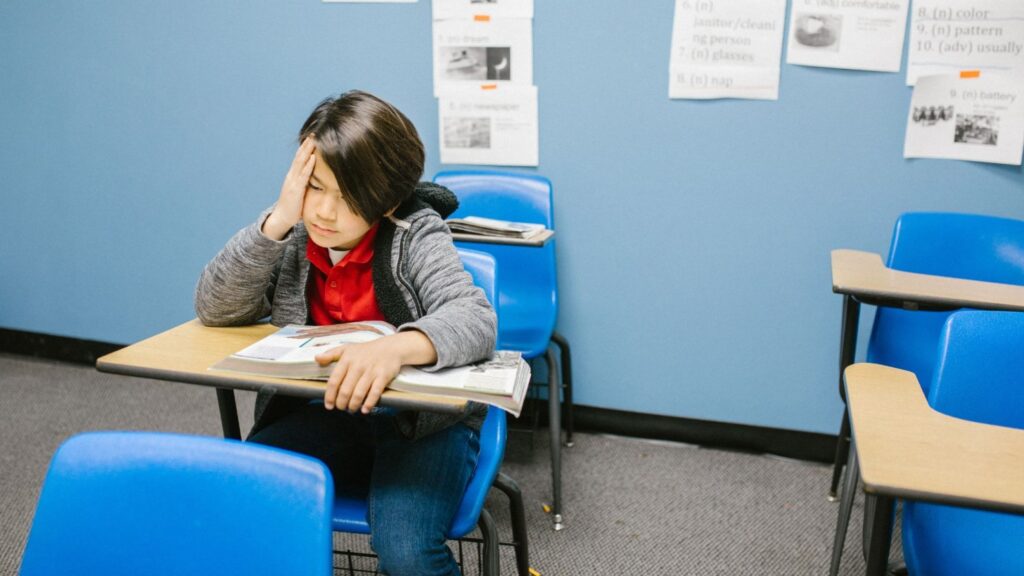Trigger warning – This article has multiple references to suicide, discrimination, and racism.
With World Suicide Prevention Day on September 10, 2023, it is pertinent to think about improvements to be made to suicide prevention strategies. While many factors linked to suicide have been studied, researched, and well-established, some factors remain less explored.
One such factor is the mutuality between racism and suicide.
Suicide among ethnoracially minoritized youth, ergo youth of colour is a growing concern that needs to be dealt with. Studies indicate that suicide rates within this group peak before the age of 30. However, most of the global suicide prevention strategies are yet to amalgamate suicide and structural racism, which is perturbing. When this aspect is overlooked or not researched, in its entirety, it consequently influences the outcomes of mental health initiatives.
Structural racism can produce disparities in access to help, delivery of interventions, recognition of risk, and protective factors for the youth of colour. This thus fails to inform practices to be culturally responsive which in turn affects the quality of mental health care delivered to youth of colour.
The Alarming Reality
Several studies point to the evidence of higher suicide rates among adolescent and young Black, Asian/ Pacific Islander, and American Indian individuals.
One of the main reasons for this remains the lack of access or delayed access to services for the youth of colour. One of the important studies that has been researched into these aspects is one conducted by Kiara Alvarez and others. This study was published in the American Journal of Psychiatry in May 2022.
It indicates that black children aged 5-12 years of age have nearly twice the rate of suicide when compared to white youths of the same age.

Intersectionality
The experiences of youth of colour within school and community settings are often interlinked with structural racism and discrimination. There are two reports published by the University of Houston linking racial discrimination to suicide. Rheeda Walker is a lead researcher and professor in the United States of America. She is a professor of psychology specializing in race, culture, aspects of mental health, and their interlinks to suicide. In this report published by the University of Houston, Ms. Walker elaborates on their findings through research into this topic. One salient point she states is that when black adults perceive discrimination, this can be painful enough to overcome the inherent fear of death and increase the probability of self-harm. This study also elaborates on the unique painful experience that black adults go through in the event of discrimination.

The Global Perspective
Another important piece of evidence pointing to this intersectionality is a meta-analysis of the effect of racial discrimination on suicidality conducted by Bruna Messina Coimbra and a few others. This meta-analysis was conducted on 62,349 individuals and the effect sizes were pooled from 7 different countries. The main aim was to evaluate the magnitude of the effect that racial discrimination has on suicidality. This study indicates that race-based discrimination could influence individuals regardless of age. It emphasizes the need for focus on older adults as well since most studies in their meta-analysis focused on adolescents and young adults.
Sociological Insights
Emile Durkheim, a French sociologist stated that there are 4 types of suicide. He called them altruistic, anomic, fatalistic and egoistic suicide.
- Altruistic suicide occurs when an individual’s social involvement with a group is overvalued. A person belonging to a group thus is willing to sacrifice their life through suicide to show their support for a religious or political cause.
- Anomic suicide usually occurs when an individual has suddenly been met with a debilitating life stressor such as debt.
- Fatalistic suicide occurs when individuals feel trapped in highly regulated and oppressive environments, where their future prospects are severely limited, and their passions are forcefully suppressed. It is the opposite of anomic suicide and is typically associated with societies marked by extreme oppression, where individuals may choose death over continuing to live in such conditions. Emile Durkheim believed that it was mostly theoretical and unlikely to occur in reality.
- Egoistic suicide usually stems from an absence of social integration. Emile Durkheim stated that this is often committed by individuals who consider themselves as social outcast, someone who sees themselves as an outsider, and consequential feeling of loneliness. They thus commit the act to free themselves from excessive loneliness or individuation.

Could this (egoistic suicide) be related to the youth of colour who resort to suicide when faced with discrimination?
Linking this theory could thus heighten our understanding of the situation in a sociological context as well. This sociological perspective can also inform subsequent psychological help offered. Therapy can hence be directed towards dealing with feelings of social exclusion and a chronic sense of individuation.
The Complexity of Suicide Risks
Suicide risks are multifaceted encompassing social, cultural, developmental, psycho-social, ecological, and environmental factors. During the development of suicide prevention strategies, these risk factors are analyzed and well-documented to provide appropriate interventions for successful prevention. However, studies indicate that the above-mentioned factors are less reliable when it comes to youth of colour.
With some studies indicating that very few black youths who died by suicide had prior mental health problems, growing links are being established to indicate an isolated or chronological exposure to racial discrimination.
Thus, if a youth of colour receives help after the first exposure to discrimination, they can be better equipped when faced with a similar situation again. Contrarily, when help is not provided, the youth experiencing consistent discrimination remains unclear on maneuvering this challenge. It then becomes a desperate cry for help…
What can be already perceived as novel and threatening is further exacerbated by the tumultuousness that accompanies adolescence. In a desperate attempt at autonomy, the youth may refrain from sharing this painful experience with a parent, teacher, or caregiver. Ruminative brooding may follow which eventually transitions into a sense of loneliness and perception of the world as belligerent.
The Urgency of Equality in Services
A feeling of isolation or being pushed out from the community coupled with the lack of belonging may throw a young mind into absolute misery. Being unable to handle these weighted emotions with a struggle to verbalize to loved ones can turn into suicidal thoughts. Inequitable delivery of suicide prevention and intervention services spearheaded by structural racism disproportionately harms youth of colour. While this is easily preventable, it continues to exist and plague society. Youth suicidal thoughts are not always fatal, which implies that they are preventable. Suicidal thoughts develop over time and progress from depressed thoughts to ideation and eventually impulse.
The final stage is when the act is carried out. Should help be provided early, the causal epidemiology can be dealt with. However, considering their age, an impulsive first act of suicide might be a very dangerous one. This emphasizes the narrowness of the prevention window coupled with the urgency for intervention.
Regardless of one’s ethnicity, access to mental health services to be able to process the triggers and find help to revise the thoughts must be available. However, it is extremely sardonic to find inequality in access to services. This in turn leads to the loss of lives, which could have been easily prevented with prompt delivery of services and equality in access.
The Role of Caregivers – Parents/Teachers
Parents are not often equipped with the skills to have a conversation with a child who is undergoing this. For a suicide prevention strategy at school to be successful, it requires active consideration of structural racism coupled with involvement from teachers, parents, and other active caregivers in a youth’s life. This can immensely accelerate the effectiveness of interventions provided to youth of colour at school. A well-developed, multifaceted suicide prevention strategy not only prevents suicidal behavior but also curbs the trajectory from progressing into later life psychopathology or adjustment issues in adulthood.

Youth belong to a wide range of ecological systems with exposure to a wide range of stressors. These can have a huge impact on the risk factors that precede suicidal behavior and consequent death. Thus, these complexities must be seen in a structural context rather than individually so that the correlated interactions between systems and individuals over time can be studied and understood.
Structural racism is a core mechanism.
It is a dynamic factor that plagues people of colour across all levels of systems and societies. These micro and macro systems and societies include all kinds of social structures. Organizations, institutions, policies, legislation, access, involvement, and representation make up these. Thus, systemic inequities would continue to exist if individual behaviors were dealt with in isolation rather than structurally. Suicide prevention in this regard, remains less holistic, thus bringing down quality. It behoves us to steer this in a progressive direction.
In conclusion, this article underscores the alarming connection between racism and suicide, emphasizing how youth of color face higher suicide risks due to discrimination and a lack of access to mental health services. By integrating structural racism into suicide prevention strategies, we can provide vital support to these vulnerable individuals. We urge parents and schools to share and take action, as addressing racism in suicide prevention is crucial to saving lives and fostering a more equitable society.
How can you take action?
Parents and schools can take action by fostering open conversations about racism, mental health, and resilience, providing culturally competent support, and advocating for inclusive policies. Sharing information and experiences is essential in creating awareness and mobilizing collective efforts to combat the systemic issue of racism’s impact on youth’s mental health and suicide rates.
Let’s come together to support our youth in these crucial times!
Share your thoughts, ideas, and experiences in the comments below. Every insight and act of solidarity can make a meaningful difference.
Written by Rashikkha Ra Iyer, Research Associate, Afrikindness.
Multidisciplinary clinical practitioner | Researcher | Author-Columnist | Climate Champion | Sustainability Advocate| Fellow (IMHRC) | Associate (KCL)

